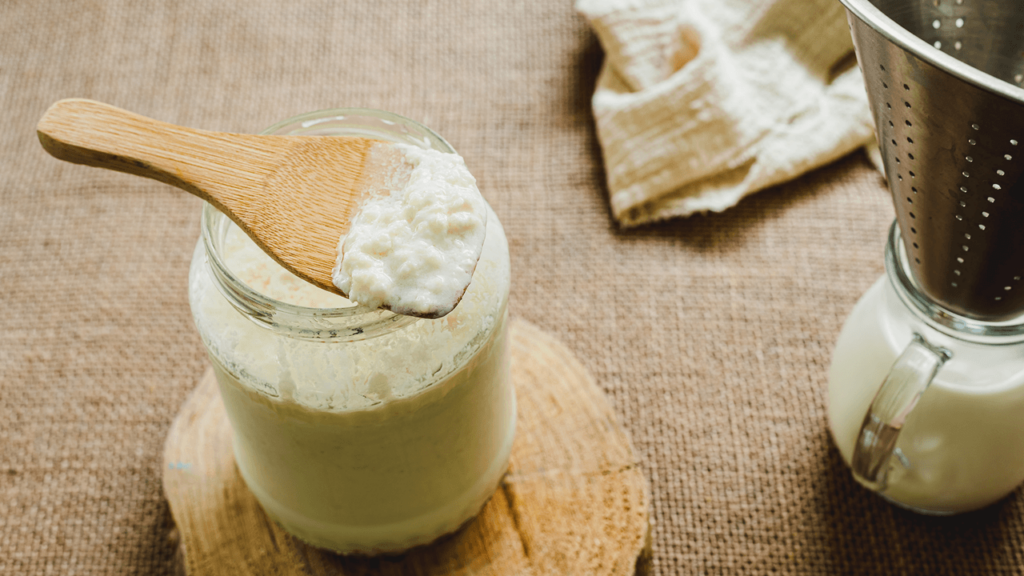My friend’s enthusiasm for health foods led her to plop a glass of lilac yogurt in front of me for breakfast. The bright color caught my eye, but the taste was something I had to adjust to. While the initial flavor didn’t win me over, the health claims were hard to ignore. My friend spoke passionately about kefir—its probiotic qualities, how it aids digestion, and its immune-boosting benefits. Intrigued, I decided to give it a try, especially after learning that countless families, including hers, swore by it for a healthy lifestyle. A few weeks later, I found myself not just drinking kefir but making it in my own kitchen, excited to embrace this newfound ritual.
As I started to enjoy the tangy probiotic drink, I noticed significant improvements in my well-being. My digestive woes lessened, akin to lifting a fog that had clouded my energy. I even noticed fewer breakouts on my skin and diminished cravings for sugary snacks. The simple act of consuming kefir transformed into an engaging routine for my flatmate and me. Every evening, we carefully rinsed and drained our precious kefir grains, marveling at the bubbling yogurt we had crafted. It felt almost magical: drop the grains into a jar of organic whole milk, cover it with a muslin cloth, and let nature take its course. In just 24 hours, we’d have a fresh batch, creating a constant supply of this delightful drink.
Kefir, however, is more than just a health fad; it hails from ancient traditions. Originating from the Caucasus Mountains, this fermented drink has been cherished for centuries. The term “kefir” can actually refer to both the grains used in the fermentation process and the tangy beverage that results from it. Typically made from milk—whether dairy or plant-based—kefir can also be concocted using water and sugar. The texture is creamy and smooth, making it an ideal addition to smoothies or simply enjoyed on its own. But don’t let the simplicity fool you; the fermentation process is what genuinely makes kefir a nutritional powerhouse.
Fermentation is a fascinating process. The kefir grains contain a mix of bacteria and yeast that feed on the sugars in the milk, which results in the creation of beneficial probiotics. When I use whole milk, these grains efficiently consume the sugars, leaving me with a drink that doesn’t require any added sweeteners. However, transitioning to non-dairy alternatives or water necessitates some creativity. Adding a bit of sugar is crucial for the grains to produce that satisfying kefir consistency and taste. This fermentation not only enhances flavor but also enriches the drink with live cultures that are beneficial for gut health.
The hands-on experience of making kefir quickly became a cherished nightly ritual. It was akin to nurturing a small pet that demands just a fraction of your time and attention. It gave me a sense of accomplishment, knowing I was crafting something that was not only delicious but also good for my health. With each batch, my excitement grew, and I began to cart around kefir samples to friends, sharing the joys of fermentation and the myriad benefits of probiotics. It became a topic of conversation, bonding over the shared experience of exploring the world of gut health.
Ultimately, my kefir journey is not merely about creating a tangy drink; it represents a commitment to improved health and well-being. This simple act has woven its way into the fabric of my daily routine and enhanced my understanding of nutrition. As I continue to experiment with flavors and recipes, I’ve become an advocate for kefir, inviting others to join the movement. Whether you’re well-versed in health foods or just dipping your toes in, I encourage you to embrace kefir. Who knows? You might just discover your new favorite beverage too.

